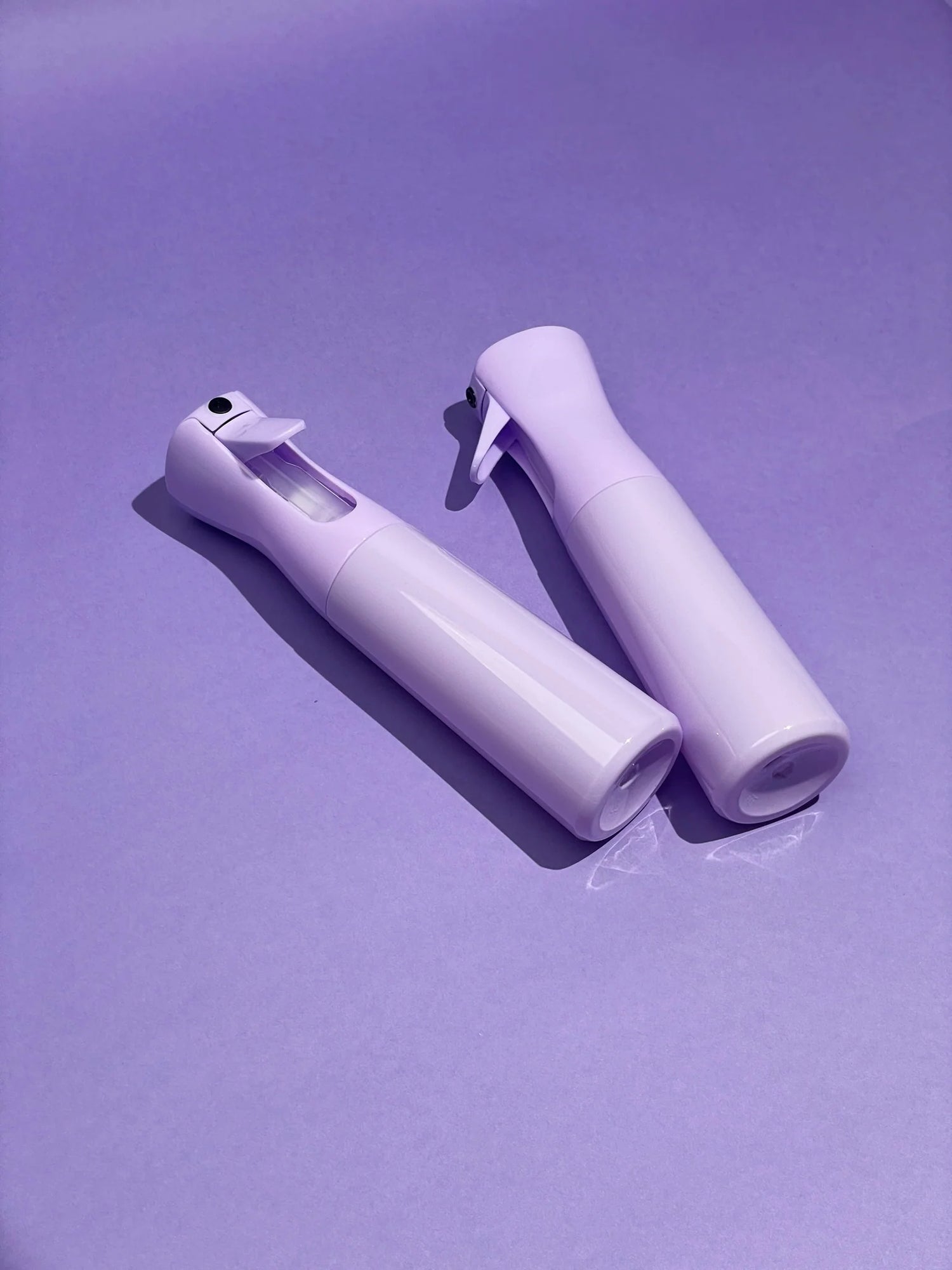Determining hair properties with the CG Method
Do you want to start with the CG Method ? Then it is important to find out your hair properties . This way you will learn what the current health of your curls is and which products suit it best. In short, by knowing your hair properties, you can make a better choice for your hair products.
There are many different types of curls. One person has a little wave, the other has coily curls. In addition, your curls may look very similar to someone else's, but that does not always mean that they have the same hair properties. Every curl is unique and that means everyone has different hair properties.
Which hair properties are we going to find out?
Everyone has different curls that need different products. To determine which products best suit your hair, it is important to know the following five hair properties:
- Curl type
- Thickness (density)
- Quantity
- Porosity
- Elasticity
Please note, we determine all five, but we consider porosity and curl type in combination with quantity and thickness to be the most important.
1. Determine curl type
To characterize your curls, we can look at the different appearances. In the images below you can see which type suits which type of curl. You can also have a combination of two types.
- Type 2: Wavy (S-shaped curls)
- Type 3: Spiral curls
- Type 4: Coily curls
Your hair type therefore consists of a number (2, 3 or 4) and a letter (a, b or c). The easiest way to find out your hair type is to use the images below:
Figure 1: Curl types with example photos
Image 2: Curl types based on the Andre Walker Hair Typing System


2. Determine hair thickness (density).
The thickness of your hair refers to the thickness of an individual hair strand. There are several ways to determine this. For example, compare it with a piece of yarn or place one individual hair between your thumb and index finger.
- Thin: Thinner than yarn or barely noticeable between your fingers.
- Medium: Not thinner or thicker than yarn, palpable between your fingers.
- Thick: Equal to the thickness of yarn, clearly felt between your fingers.
3. Determine the amount of hair
You can determine the amount of hair by taking a section of your hair and observing your scalp:
- Little hair: Scalp clearly visible.
- Average hair: Scalp partially visible.
- Lots of hair: Scalp barely visible.
4. Determine porosity
Porosity of your hair says something about how well your hair can absorb and retain moisture. This can be genetically determined, but is also influenced by hair products, heat appliances and coloring your hair. It is important to know your porosity to choose the right hair products .
Float test
Take a few clean hair strands and put them in a glass of water. Leave the hair in the water for about 2 to 4 minutes:
- Low porosity: Hair floats.
- High porosity: Hair sinks.
- Medium porosity: Hair sinks in one test and floats in the other.
Drying time
Ask yourself how quickly your hair gets damp and how quickly it dries:
- Low Porosity: Takes a long time to get wet and dry.
- Normal porosity: Dries moderately fast (2 to 8 hours).
- High porosity: Quickly damp and dry (within 2 hours).
5. Determine elasticity
Elasticity provides information about the balance of moisture and protein in your hair.

Elasticity test
Spray a little water on your hair and pull a hair apart. Repeat this test several times on different parts of your hair:
- Low elasticity: Hair breaks almost instantly.
- Normal elasticity: Hair stretches a little and does not break immediately.
- High elasticity: Hair does not seem to break.
Interpret results
- Low elasticity: Use products without protein.
- Normal elasticity: Use products with and without protein.
- High elasticity: Use products with protein.
Resume
We have now determined the following hair properties:
- Type (hair type or curl type)
- Thickness (density)
- Quantity
- Porosity
- Elasticity
What do these properties mean for your hair?
Low porosity
Use water-based products. Avoid 'build-up' by using protein-free products. Apply products to wet hair and then use leave-in conditioner and gel.
Medium porosity
Test whether you prefer to use products on wet or soaking wet hair. Use a mix of products with and without protein.
High porosity
Your hair absorbs moisture quickly, but also loses it quickly. Use products that help your hair retain moisture and contain protein to prevent breakage.
Choosing the right products

CG Starter Package
Would you like to start with the CG Method? Read more on the CG method page about how to get started and which products you can use. Or go directly to the specially composed starter packages .
Shop yourself
Go to all hair care and choose the right balance based on the scheme below:
- Little protein needed: Choose only a mask with protein.
- Need a little bit of protein: Choose 2-3 items with protein (for example in your mask and leave-in ).
- Needs a lot of protein: In addition to a leave-in conditioner and mask, also use a protein treatment.
Trial and error is key! Get started and get to know your curls better and better!

